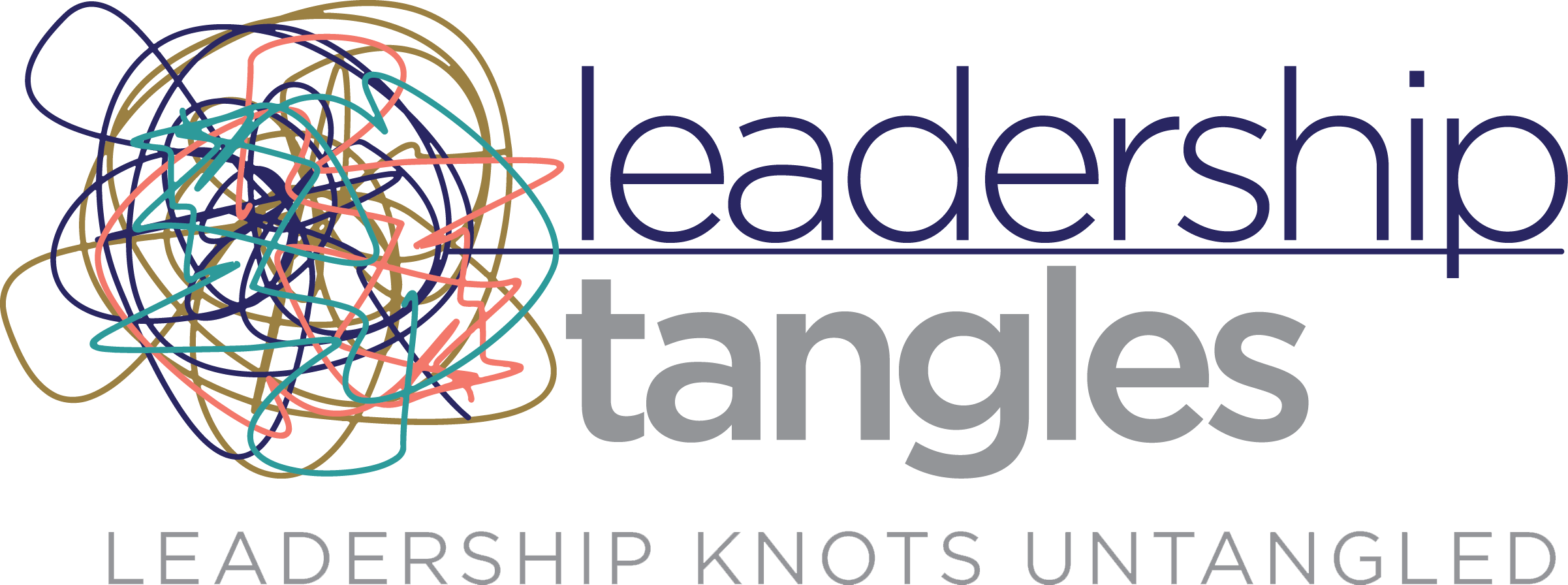 A colleague of mine, I’ll call him Aaron, is a professional dancer who has worked in a international professional dance company for five years. He and I got to talking about his work and the leadership tangles that have presented themselves. As we spoke, I realized that therewere some lessons to be learned for all leaders. Here is the first excerpt of an interview I conducted over a period of several weeks.
A colleague of mine, I’ll call him Aaron, is a professional dancer who has worked in a international professional dance company for five years. He and I got to talking about his work and the leadership tangles that have presented themselves. As we spoke, I realized that therewere some lessons to be learned for all leaders. Here is the first excerpt of an interview I conducted over a period of several weeks.
Marcia: Describe what it is like to work in a dance company.
Aaron: Being part of a dance company is similar to being on a team. We work together, get feedback together, practice together, and perform together. Being surrounded by my fellow dancers creates a sense of community and boosts my personal motivation to work hard. I know that my colleagues are beside me, and that I have friends going through the day sharing experiences with me. This atmosphere creates a great working environment to thrive in.
Marcia: Are there any drawbacks to working together as a whole team?
Aaron: The only drawback is that with only one director in the room working with nine dancers the amount of personal attention or “one-on-one” coaching time is limited. Sometimes we have both directors in the room if our rehearsal director and company director are working with us simultaneously. Even with two directors, this does not greatly increase the amount of personal attention we individually receive.
Marcia: As a dancer, how much personal feedback do you expect to receive?
Aaron: As a professional dancer, I am aware of my personal responsibilities when I walk into a rehearsal environment. I know what my strengths and weaknesses are in regards to the repertoire we are working on. I am also aware of the work necessary to improve on the things needing of improvement. Most of the time however, a little extra guidance in the “right” direction can be a huge help.
Marcia: So are you feeling like you don’t get enough feedback?
Aaron: This is not a “cry for attention from a child feeling neglected.” Last week, though, something happened that made me realize how helpful it is to have just a little more attention. Last week, while running through our repertoire piece in the morning, our company director decided to release all of the dancers in the company for the remainder of the workday. I was the only dancer asked to stay behind in order to work with our rehearsal director on a new piece. For the next three hours she and I worked with each other, creating movement material and exploring the range and possibilities of my physical potential.
The experience for me was both exhilarating and challenging at the same time. I found the extra focused attention I was receiving to be motivating. I wanted to push myself especially hard because I was the only one in the room to be seen. I felt that it was important to put the absolute best of myself out in the room. This added intensity of effort also proved to be rapidly exhausting. Because there was no stopping, and since the attention was always on me, I felt my energy burning down much quicker than it normally did in a collective, “full” rehearsal.
Marcia: What motivated you about this experience?
Aaron: What motivated me the most about this experience was the fact that I felt I was being approached and worked with as an individual, with specific abilities and unique talents. My rehearsal director would ask me to try something that she thought would work well on my body (aesthetically), and then would give me the opportunity to familiarize myself with the movement. She took the time to assess whether the movement looked right for my physique. If something didn’t look right or wasn’t working the way she had hoped, she talked to me and helped me rework that specific movement until we came to a solution that was both aesthetically what she was looking for and physically within my range of movement possibility.
Through this open dialogue of back-and-forth crafting, assessing, reassessing, changing, and progressing, we ultimately ended up with (in my opinion) a very nice chunk of choreography. It was aesthetically the direction she wanted and because it had been worked so well onto my body based on my personal skills and abilities the movement didn’t come across as “forced” or “inorganic.”
Marcia: What was the result of this personal, one-on-one attention?
Aaron: My respect for my rehearsal director was greatly increased after this experience. I genuinely appreciated the time that she gave to me individually. It felt like for a brief moment we had completely creatively synced up. I felt as though I understood a bit more about her working process, and she understood a bit more about how I dance.
Marcia: What advice do you have for leaders who want to get the best performance from their staff?
Aaron: I know that there are not enough hours in the day to do this kind of work with every employee. However, I do feel that it was both important for me as an individual, and for my sense of individuality in the company to have this experience. Spending some one-on-one time with my rehearsal director allowed for a much fuller and all-encompassing dialogue to occur – which I feel both parties mutually benefitted from.
Marcia: So investing some time to focus on key strengths, and providing feedback to hone those strengths is both motivating and results in higher performance?
Aaron: Yes, definitely
Advice to Leaders
Leaders, are you providing your team with focused, personal attention? As an executive leadership coach, I have found that providing your direct reports with individualized attention reaps dividend in team performance. Not everyone needs the same amount of attention. Your job is to figure out who needs what attention and how often.





